
Faites connaître cet article à vos amis:
The Seagull
Anton Chekhov
Commandé depuis un entrepôt distant
Également disponible en tant que :
-
Paperback BookUnabridged edition(1901) € 13,49
-
Paperback BookMain edition(2013) € 13,49
-
Paperback BookMain edition(2007) € 13,49
- Paperback Book (2016) € 15,49
- Paperback Book (2016) € 15,49
- Paperback Book (2020) € 17,49
- Paperback Book (2017) € 17,49
-
Hardcover BookUnabridged edition(1901) € 23,49
- Paperback Book (2021) € 27,49
- Paperback Book (2022) € 32,99
The Seagull
Anton Chekhov
The Seagull by Anton ChekhovThe Seagull is a play by Russian dramatist Anton Chekhov, written in 1895 and first produced in 1896. The Seagull is generally considered to be the first of his four major plays. It dramatises the romantic and artistic conflicts between four characters: the famous middlebrow story writer Boris Trigorin, the ingenue Nina, the fading actress Irina Arkadina, and her son the symbolist playwright Konstantin Treplyov. Though the character of Trigorin is considered Chekhov's greatest male role, like Chekhov's other full-length plays, The Seagull relies upon an ensemble cast of diverse, fully developed characters. In contrast to the melodrama of mainstream 19th-century theatre, lurid actions (such as Konstantin's suicide attempts) are not shown onstage. Characters tend to speak in ways that skirt around issues rather than addressing them directly in other words, their lines are full of what is known in dramatic practice as subtext. The opening night of the first production was a famous failure. Vera Komissarzhevskaya, playing Nina, was so intimidated by the hostility of the audience that she lost her voice. Chekhov left the audience and spent the last two acts behind the scenes. When supporters wrote to him that the production later became a success, he assumed that they were merely trying to be kind. When Konstantin Stanislavski, the seminal Russian theatre practitioner of the time, directed it in 1898 for his Moscow Art Theatre, the play was a triumph. Stanislavski's production of The Seagull became "one of the greatest events in the history of Russian theatre and one of the greatest new developments in the history of world drama". Stanislavski is also the director that caused The Seagull to be perceived as a tragedy by becoming overzealous with the concept of subtext, whereas Chekhov intended for it to be a comedy. After purchasing the Melikhovo farm in 1892, Chekhov had built in the middle of a cherry orchard a lodge consisting of three rooms, one containing a bed and another a writing table. In spring, when the cherries were in blossom, it was pleasant to live in this lodge, but in winter it was so buried in the snow that pathways had to be cut to it through drifts as high as a man. Chekhov eventually moved in and in a letter written in October 1895 wrote: I am writing a play which I shall probably not finish before the end of November. I am writing it not without pleasure, though I swear fearfully at the conventions of the stage. It's a comedy, there are three women's parts, six men's, four acts, landscapes (view over a lake) a great deal of conversation about literature, little action, tons of love.
| Médias | Livres Paperback Book (Livre avec couverture souple et dos collé) |
| Validé | 13 novembre 2020 |
| ISBN13 | 9782382741610 |
| Éditeurs | Les prairies numériques |
| Pages | 66 |
| Dimensions | 148 × 210 × 4 mm · 95 g |
| Langue et grammaire | English |
Plus par Anton Chekhov
D'autres ont aussi acheté
Plus de cette série
Voir tous les Anton Chekhov ( par ex. Paperback Book , CD , Hardcover Book , Book et Livre audio (CD) )








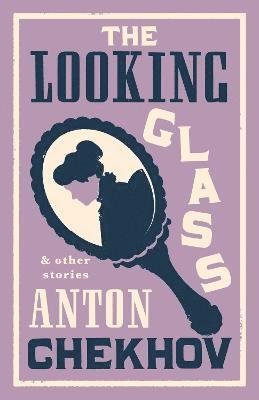
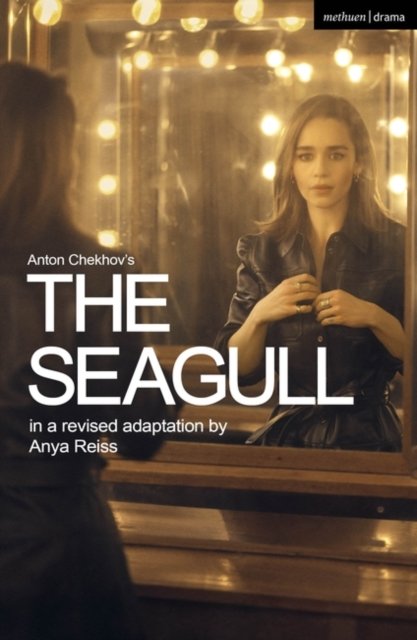











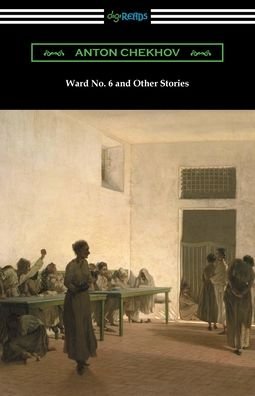

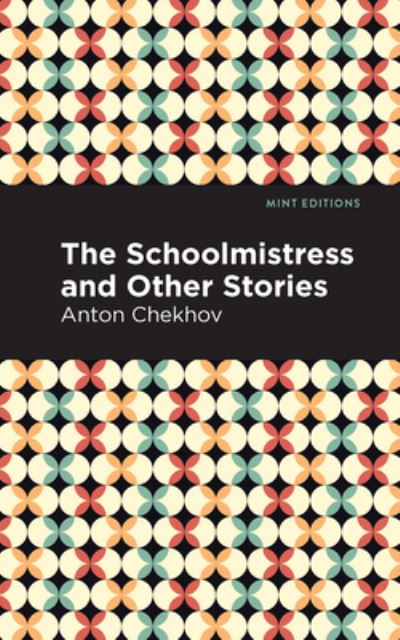
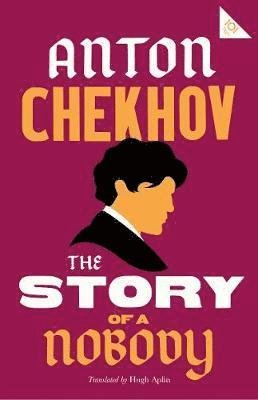
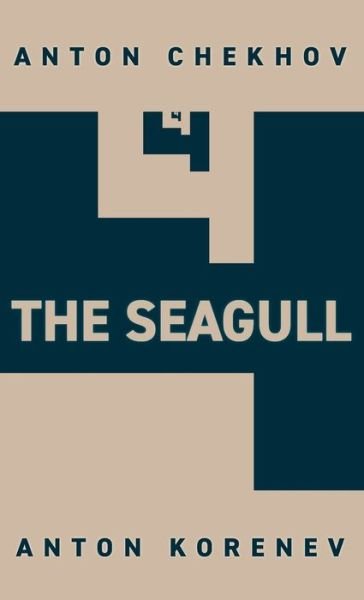








![Cover for Anton Tjekhov · Steppen (Sewn Spine Book) [1er édition] (2023)](https://imusic.b-cdn.net/images/item/original/764/9788797329764.jpg?anton-tjekhov-2023-steppen-sewn-spine-book&class=scaled&v=1692770172)
![Cover for Fjodor M. Dostojevskij · Den evige ægtemand (Sewn Spine Book) [1er édition] (2012)](https://imusic.b-cdn.net/images/item/original/742/9788792685742.jpg?fjodor-m-dostojevskij-2012-den-evige-aegtemand-sewn-spine-book&class=scaled&v=1351116143)
![Cover for Fjodor M. Dostojevskij · En fæl historie og andre fortællinger (Sewn Spine Book) [1er édition] (2018)](https://imusic.b-cdn.net/images/item/original/256/9788771833256.jpg?fjodor-m-dostojevskij-2018-en-fael-historie-og-andre-fortaellinger-sewn-spine-book&class=scaled&v=1513067083)
![Cover for Heimito von Doderer · I tidernes dyb (Sewn Spine Book) [1er édition] (2024)](https://imusic.b-cdn.net/images/item/original/641/9788779174641.jpg?heimito-von-doderer-2024-i-tidernes-dyb-sewn-spine-book&class=scaled&v=1701271691)
![Cover for Fjodor Dostojevskij · Gyldendals Kronjuveler: Idioten (Bound Book) [4e édition] (2022)](https://imusic.b-cdn.net/images/item/original/021/9788702372021.jpg?fjodor-dostojevskij-2022-gyldendals-kronjuveler-idioten-bound-book&class=scaled&v=1650993667)
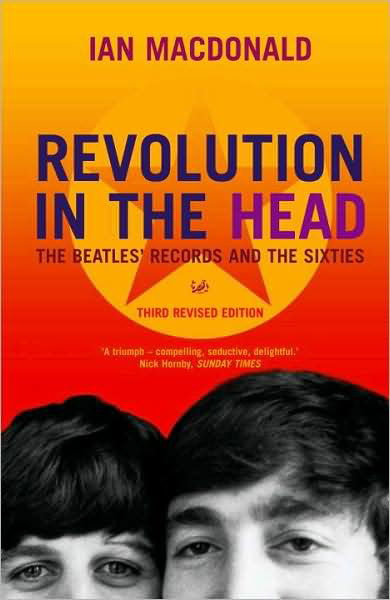
![Cover for Walter Benjamin · Ensrettet gade (Sewn Spine Book) [1er édition] (2021)](https://imusic.b-cdn.net/images/item/original/171/9788793895171.jpg?walter-benjamin-2021-ensrettet-gade-sewn-spine-book&class=scaled&v=1624844897)
![Cover for Inger Christensen · Verden ønsker at se sig selv (Sewn Spine Book) [1er édition] (2018)](https://imusic.b-cdn.net/images/item/original/496/9788702244496.jpg?inger-christensen-2018-verden-oensker-at-se-sig-selv-sewn-spine-book&class=scaled&v=1528446359)
![Cover for Albert Camus · Klassikere med forord: Sisyfos-myten (Sewn Spine Book) [7e édition] (2015)](https://imusic.b-cdn.net/images/item/original/405/9788702183405.jpg?albert-camus-2015-klassikere-med-forord-sisyfos-myten-sewn-spine-book&class=scaled&v=1440692508)

![Cover for Claridge, Amanda (Reader in Classical Archaeology, Royal Holloway, University of London) · Rome - Oxford Archaeological Guides (Paperback Book) [2 Revised edition] (2010)](https://imusic.b-cdn.net/images/item/original/831/9780199546831.jpg?claridge-amanda-reader-in-classical-archaeology-royal-holloway-university-of-london-2010-rome-oxford-archaeological-guides-paperback-book&class=scaled&v=1454419386)

![Cover for Andrew Rubens · Existential Monday (Paperback Book) [Main edition] (2016)](https://imusic.b-cdn.net/images/item/original/980/9781590178980.jpg?andrew-rubens-2016-existential-monday-paperback-book&class=scaled&v=1538820590)

![Cover for Orlando Figes · A People's Tragedy: The Russian Revolution – centenary edition with new introduction (Paperback Book) [Special edition] (2017)](https://imusic.b-cdn.net/images/item/original/513/9781847924513.jpg?orlando-figes-2017-a-people-s-tragedy-the-russian-revolution-centenary-edition-with-new-introduction-paperback-book&class=scaled&v=1486901677)
![Cover for Witold Gombrowicz · Kosmos (Sewn Spine Book) [1er édition] (2012)](https://imusic.b-cdn.net/images/item/original/324/9788799468324.jpg?witold-gombrowicz-2012-kosmos-sewn-spine-book&class=scaled&v=1364684563)
![Cover for Anton Chekhov · The Seagull - Drama Classics (Paperback Book) [New edition] (1997)](https://imusic.b-cdn.net/images/item/original/937/9781854591937.jpg?anton-chekhov-1997-the-seagull-drama-classics-paperback-book&class=scaled&v=1407687167)



![Cover for Anton Chekhov · The Seagull - Student Editions (Paperback Book) [New edition] (2002)](https://imusic.b-cdn.net/images/item/original/001/9780413771001.jpg?anton-chekhov-2002-the-seagull-student-editions-paperback-book&class=scaled&v=1505296026)